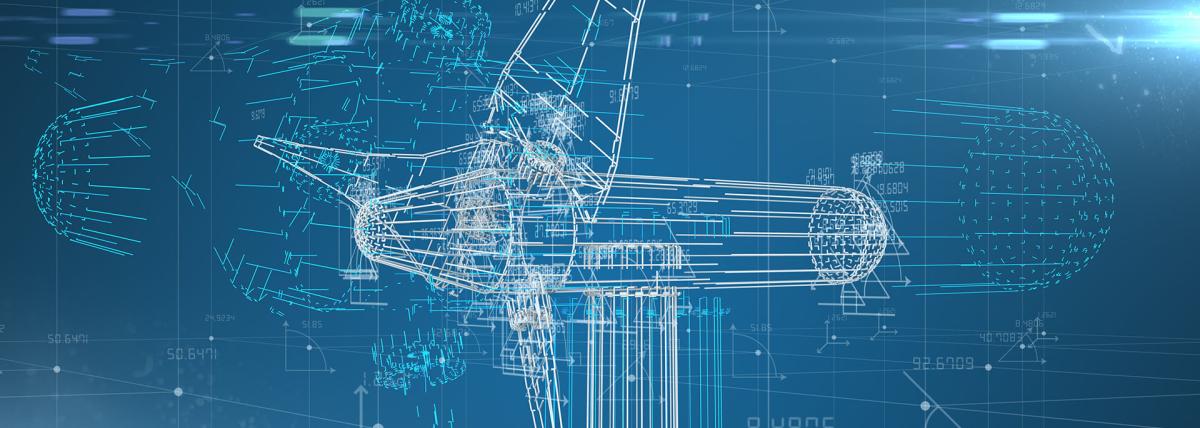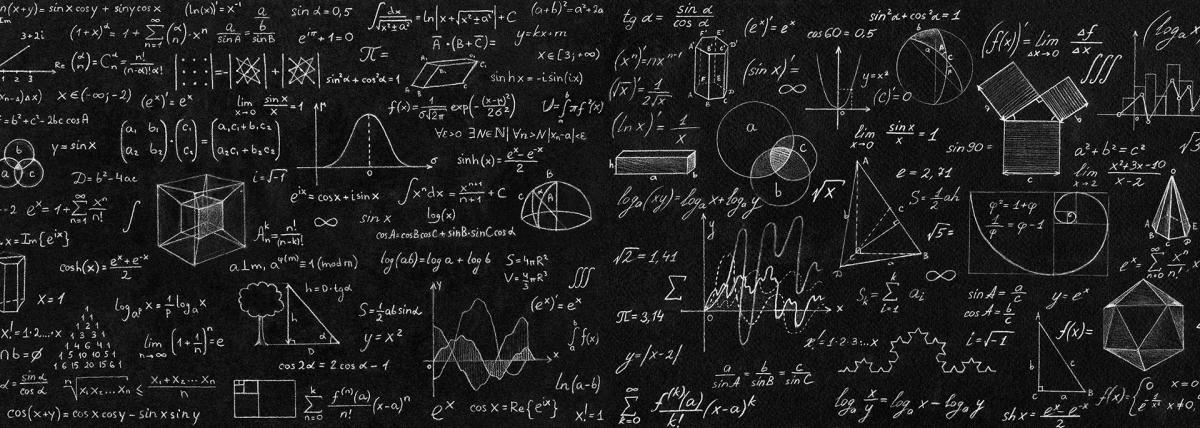
This is the 3rd part of the lesson series where students will determine the thrust and stability of their water bottle rockets to answer their essential question: Using the Design Process how can we

This is the 3rd part of the lesson series where students will determine the thrust and stability of their water bottle rockets to answer their essential question: Using the Design Process how can we

In this lesson, students will be introduced to the phenomenon of paper/air pressure rocketry. Students will make a memorable and hands-on connection with the transfer of energy when they create and

Students will learn about forces and motion by building a straw rocket. They will measure how far their rocket flies and then build a second rocket to see if they can make it go farther.

Students spend time learning about Newton's 3 Laws of Motion, but can they correctly identify which one is being used when they see it? This lesson focuses on identifying each Law of Motion as a

Students learn the history of rocketry, and the science behind rockets, and then design, build, and launch bottle rockets with compressed air and water.

This plan is meant for 3 days of work. Two books go with this plan. Two types of model rockets are included in this plan. Discussions and entries into a STEM Notebook are part of this plan.

This lesson plan focuses on the use of several materials to create a rocket and a launcher. Remodel the rocket as needed to validate Newton’s third law of motion and projectile motion.

Students will read the novel, "The Lion of Mars", design & launch paper rockets, and then design a sustainable Mars Colony inspired by the novel. This hands-on lesson is scheduled to take around 15

Students will construct a straw rocket launcher that utilizes air pressure as the force to push the rocket through the air. A STEM journal will guide them through planning an investigation. Students